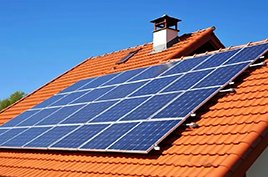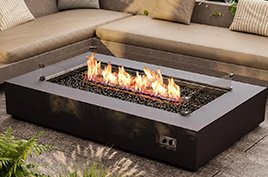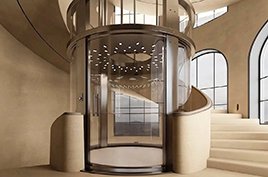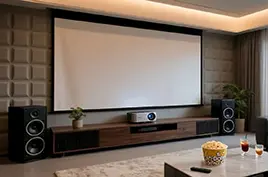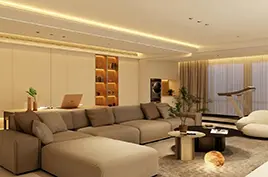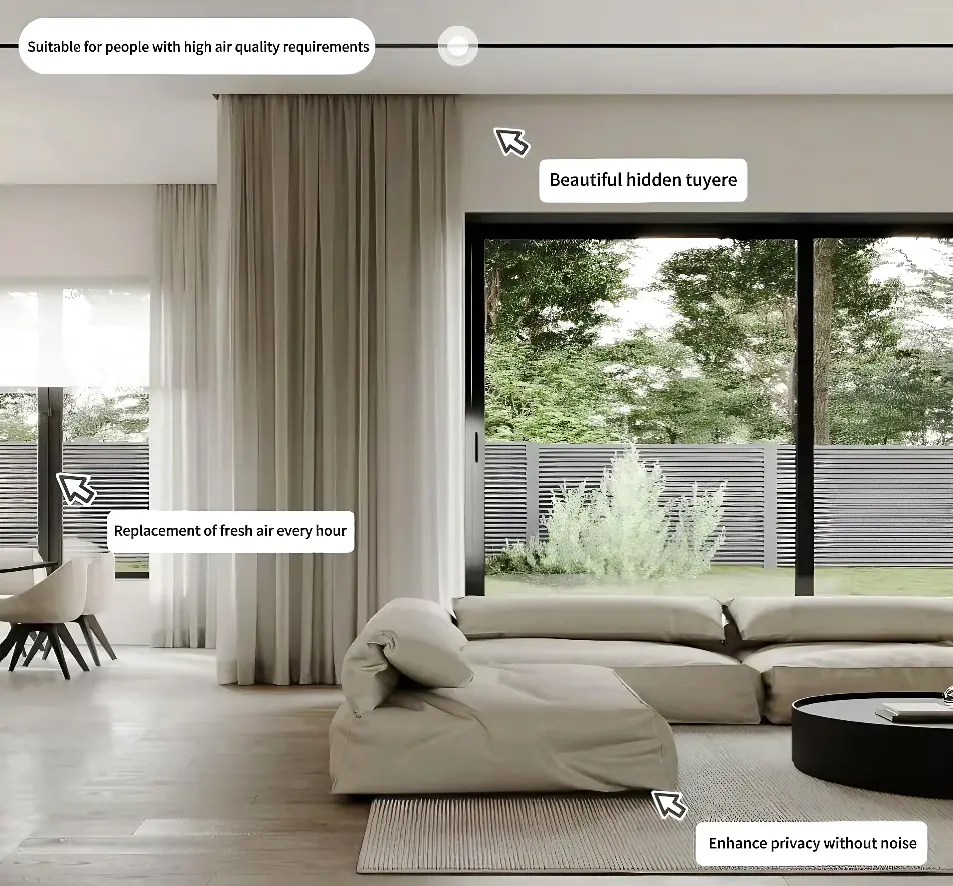
Rethinking Air Comfort and Indoor Quality in Modern Buildings
Today’s buildings demand more than just cooling and heating—they require indoor air quality management. As concerns over indoor air pollution, humidity control, and thermal comfort rise, whole-house fresh air systems have emerged as an essential layer in the HVAC landscape.
But the real value lies in integration: when a whole-house ventilation system works alongside a VRF (Variable Refrigerant Flow) central air conditioning system, the result is a complete, energy-efficient, and balanced indoor environment. This synergy is quickly becoming the preferred solution for residential projects, luxury villas, office buildings, and hospitality environments.
Why Air Comfort Means More Than Just Temperature
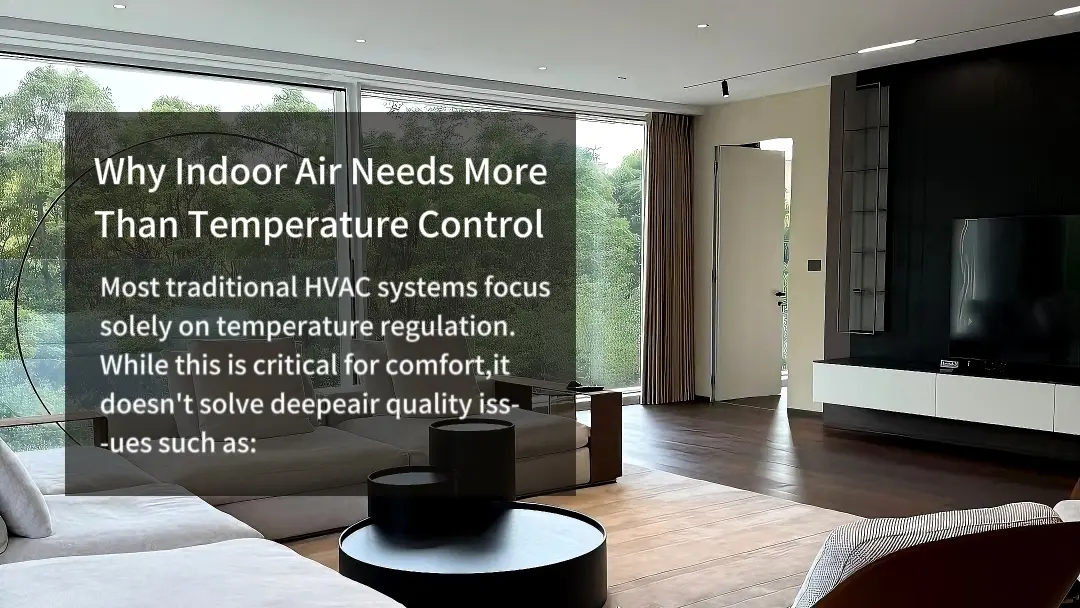
- CO₂ buildup due to poor ventilation
- High indoor humidity leading to mold growth
- Accumulation of dust, VOCs, and allergens
- Oxygen deficiency in sealed environments
A whole-house fresh air system ensures a continuous supply of filtered, oxygen-rich outdoor air while expelling indoor pollutants. When combined with a ducted VRF system, users benefit from a unified, invisible, and quiet solution.
How Whole-House Fresh Air Systems Work
Whole-house ventilation is more than just “bringing in fresh air.” A professionally installed system offers:
- Air exchange: Stale indoor air is continuously replaced with fresh outdoor air
- Energy recovery: Advanced units feature heat recovery ventilators (HRVs) or energy recovery ventilators (ERVs) to reduce energy loss
- Air purification: Filters remove particulates like PM2.5, pollen, and odors
- Humidity control: Maintains optimal indoor relative humidity
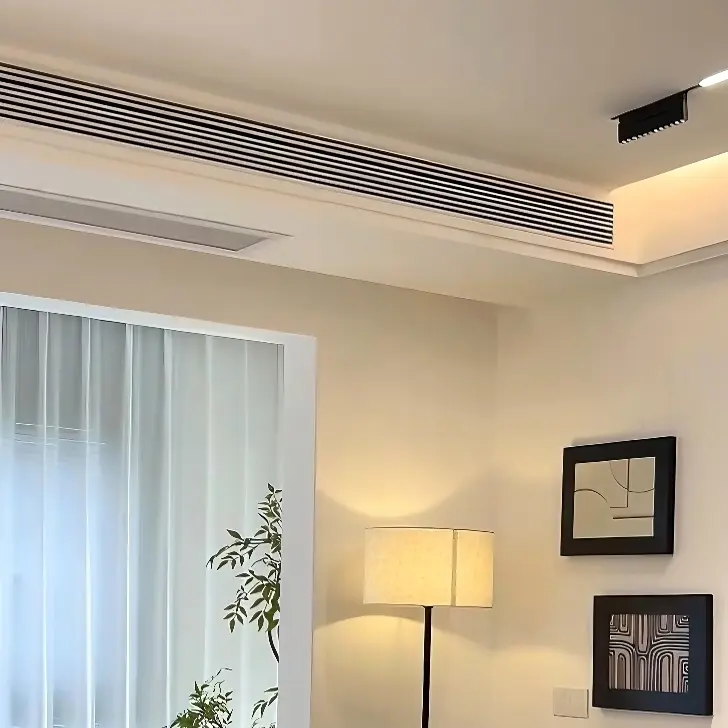
These systems are usually installed with a duct network that mirrors the layout of your VRF central AC system, making integration easy and space-efficient.
How Fresh Air and VRF Systems Work Together Seamlessly
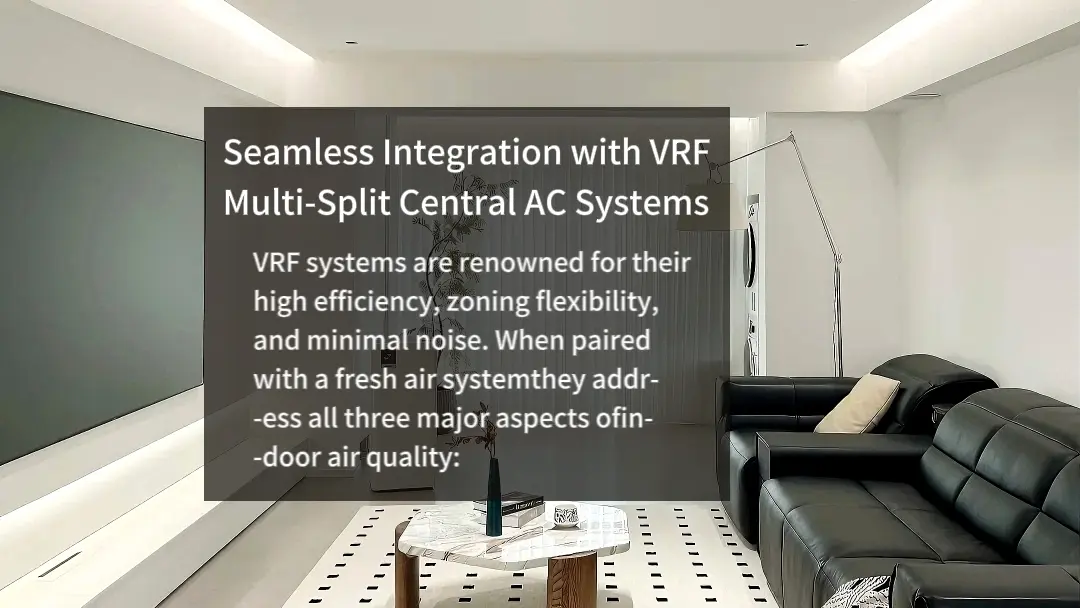
- Temperature (VRF indoor units provide cooling/heating)
- Air purity (fresh air system filters pollutants)
- Ventilation (balanced air exchange supports oxygen levels)
With smart controllers, the two systems can work in sync—balancing airflow rates, adjusting based on occupancy, and optimizing energy use. Together, they form a ducted HVAC ecosystem that requires minimal user intervention but delivers maximum comfort.
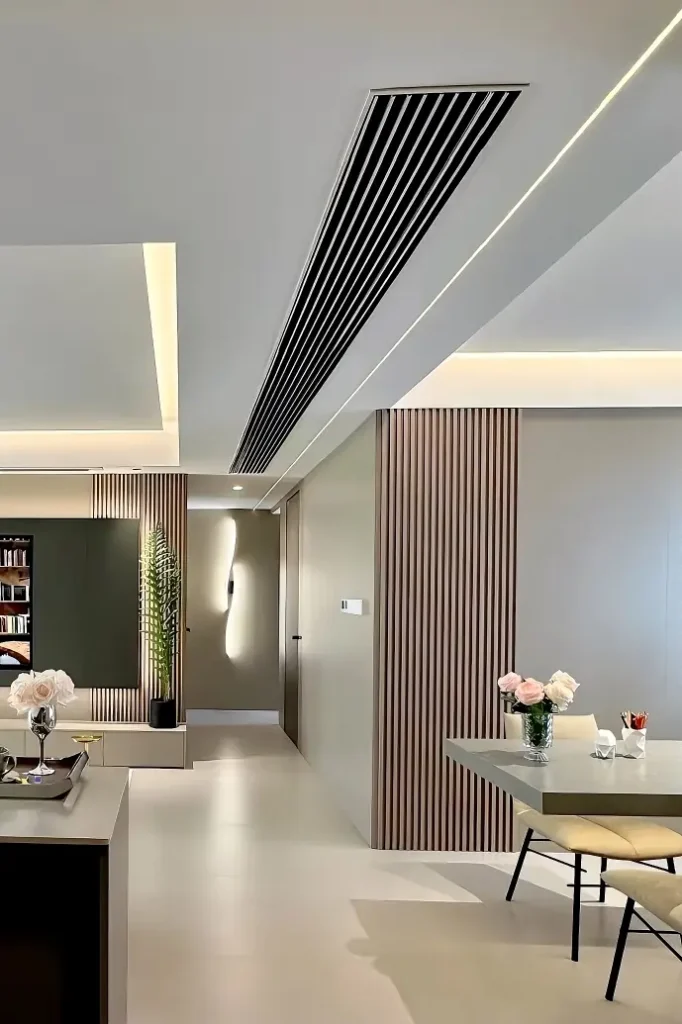
Key Benefits for Buyers and Developers Focused on Indoor Air Quality
✅ 1. Energy Efficiency
Energy recovery ventilators help minimize heat/cooling losses when bringing in outdoor air, while VRF technology adjusts compressor speed based on load demand.
✅ 2. Better Health & Air Quality
Reduced exposure to allergens, CO₂ buildup, and volatile organic compounds (VOCs), all of which contribute to fatigue, headaches, and respiratory issues.
✅ 3. Design Flexibility
Both systems can be concealed within ceilings or walls, making them ideal for luxury homes, modern apartments, and commercial interiors where aesthetics matter.
✅ 4. One-Stop HVAC Solution
When sourced from a supplier offering turnkey air conditioning solutions, you get seamless design, supply, and installation support—saving time and cost.
Fresh Air and VRF Solutions for Homes, Offices, and More
Residential Villas & Apartments: Improve comfort and property value with hidden ducted systems and enhanced air quality.
Office Buildings: Meet modern ventilation standards while reducing energy bills.
Hotels & Resorts: Provide 24/7 clean air to guests while maintaining silent operation and temperature control.
Schools & Clinics: Critical environments where air renewal directly impacts health and productivity.
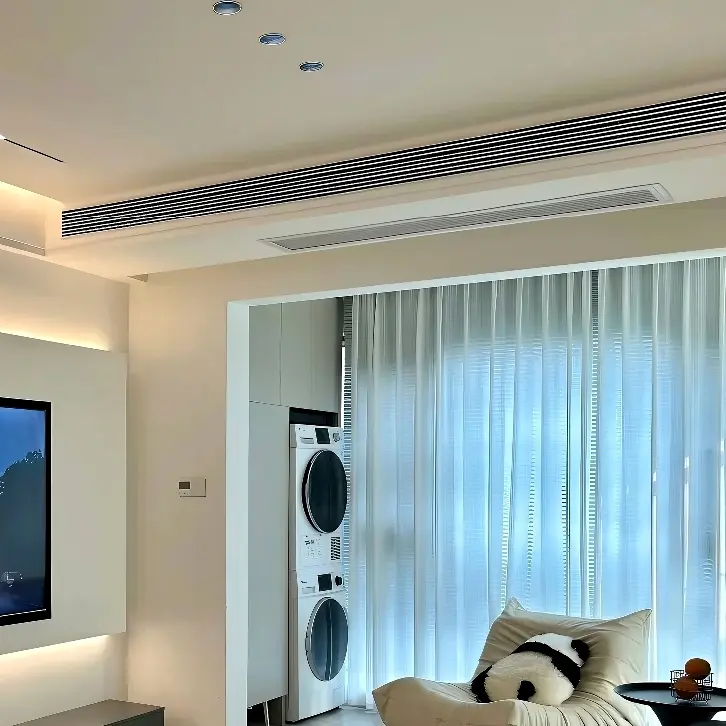
Conclusion: A Smarter Way to Breathe Indoors
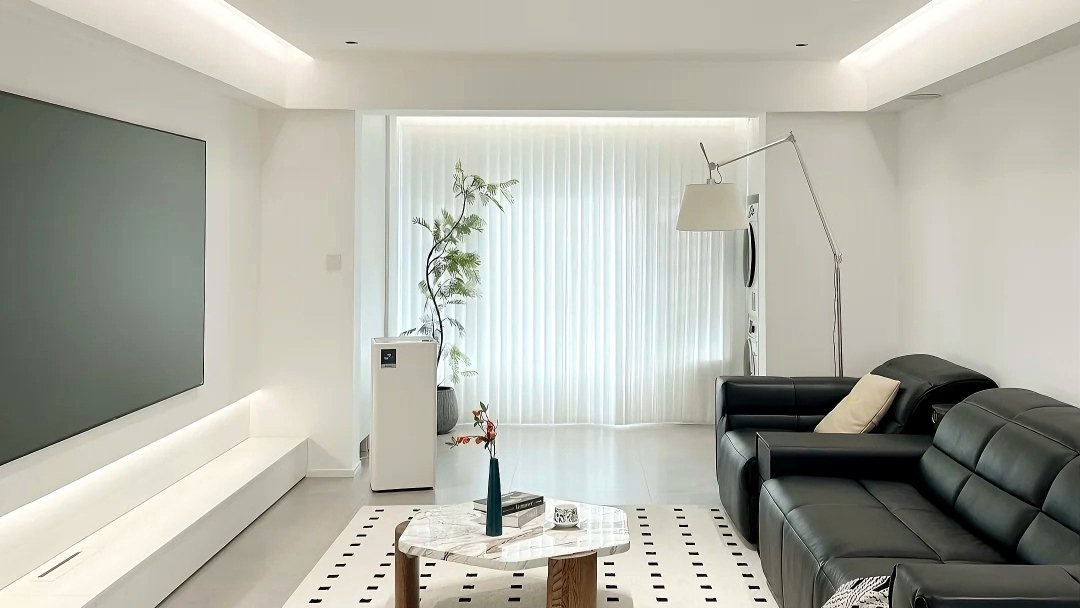
As more home and business owners invest in intelligent HVAC design, integrating whole-house ventilation with VRF air conditioning systems is no longer a luxury—it’s a competitive edge. From health benefits to operational efficiency, this combination delivers a new standard in indoor climate comfort.
If you’re planning your next construction or renovation project and need a customized, professional air solution, contact us for a one-stop HVAC consultation.

